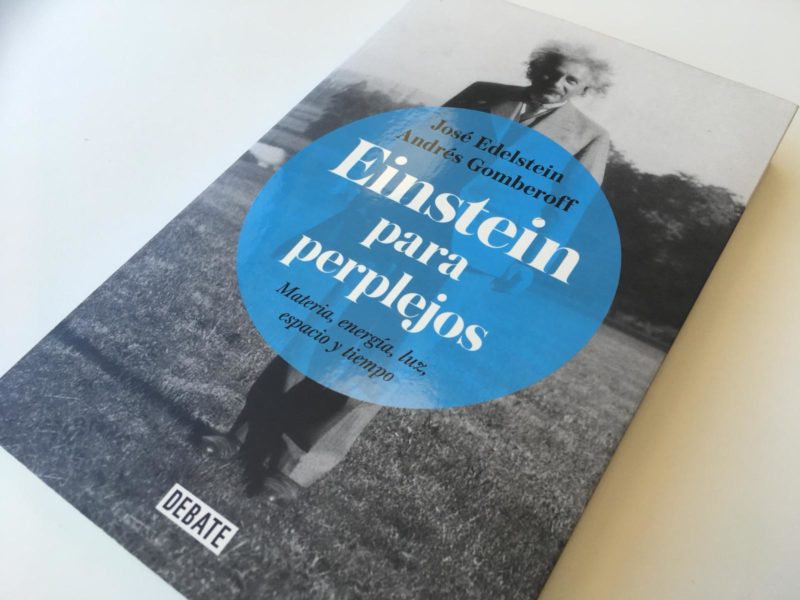A complicated concept like the theory of relativity can be not only understandable for a general audience, but also fun to learn. That’s the premise of the book “Einstein para Perplejos” – or “Einstein for the Perplexed” – written by physicists José Edelstein from Argentina and Andrés Gomberoff from Chile.
In their book, the authors make it easy to learn the most important theories that German physicist Albert Einstein developed, along with historical context and personal anecdotes about the Nobel Prize winner.
“Our proposal is that the ideas of Einstein are not only possible to be understood, but also, most importantly, possible to be enjoyed,” Edelstein says. “For instance, we explain [equation] E=MC² in a way that actually Einstein did in a paper that is not well known.”
Edelstein, who is a professor of Theoretical Physics at the University of Santiago de Compostela, in Spain, says the book title was inspired by “The Guide for the Perplexed,” a book that the Jewish medieval intellectual Maimonides wrote in the 12th century, in which he argued, among other things, that books can be read by anyone.
The purpose of “Einstein para Perplejos” is to take very technical concepts and explain them clearly for a general audience, Edelstein says. The authors used characters like Paul McCartney and John Lennon to reproduce what Einstein wrote in a funnier way.
“Einstein’s equations for general relativity are, I would say, the biggest achievement of mankind,” Edelstein says. “They are simple, beautiful and they describe the whole universe, which is unbelievable.”
Edelstein compares Einstein’s ideas with the best masterpieces of art.
“I would encourage people to abandon their fear to approach science,” he says, “and to see in science something to be enjoyed like music, art, cinema, etcetera.”
Written by César E. López-Linares.
















